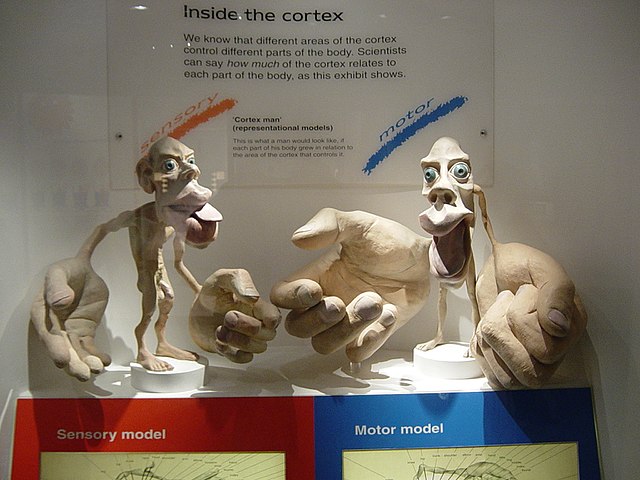Behavioral neuroscience, also known as biological psychology, biopsychology, or psychobiology, is the application of the principles of biology to the study of physiological, genetic, and developmental mechanisms of behavior in humans and other animals.
William James
PET brain scans can show chemical differences in the brain between addicts and non-addicts. The normal images in the bottom row come from non-addicts while people with addictions have scans that look more abnormal.
Neuroscience is the scientific study of the nervous system, its functions and disorders. It is a multidisciplinary science that combines physiology, anatomy, molecular biology, developmental biology, cytology, psychology, physics, computer science, chemistry, medicine, statistics, and mathematical modeling to understand the fundamental and emergent properties of neurons, glia and neural circuits. The understanding of the biological basis of learning, memory, behavior, perception, and consciousness has been described by Eric Kandel as the "epic challenge" of the biological sciences.
Drawing by Santiago Ramón y Cajal (1899) of neurons in the pigeon cerebellum
The Golgi stain first allowed for the visualization of individual neurons.
3-D sensory and motor homunculus models at the Natural History Museum, London
Photograph of a stained neuron in a chicken embryo






